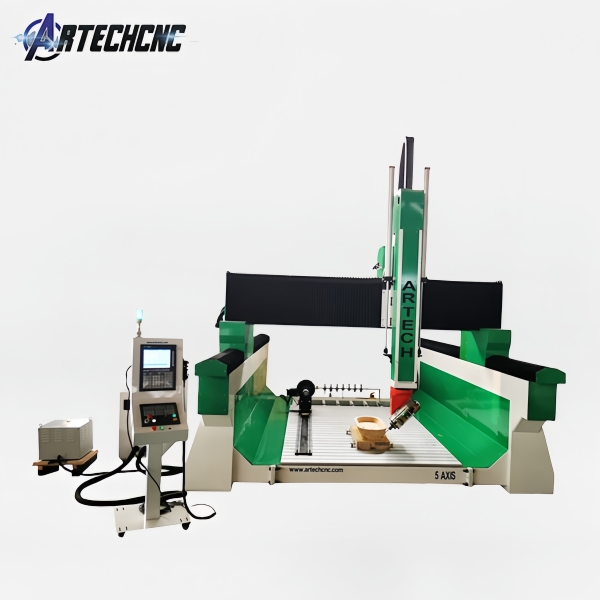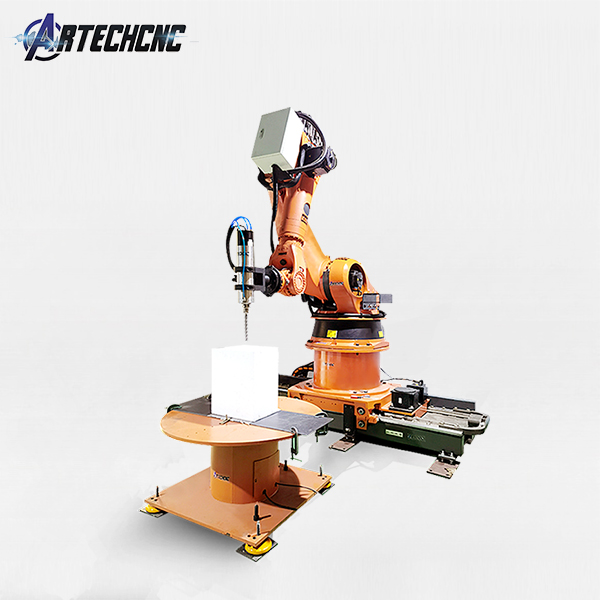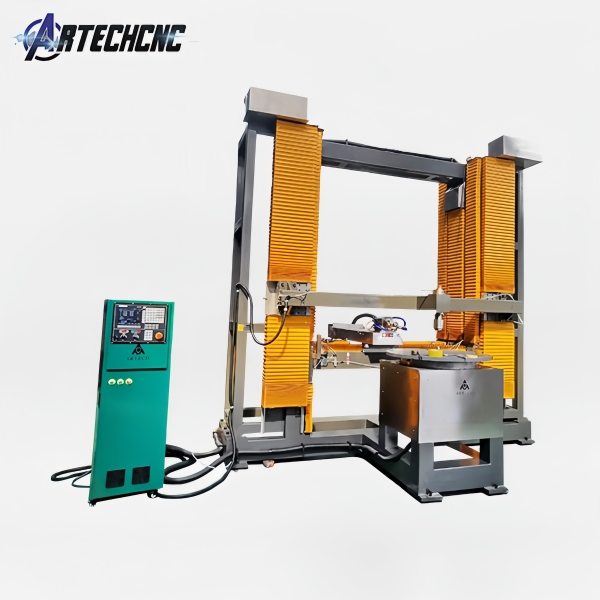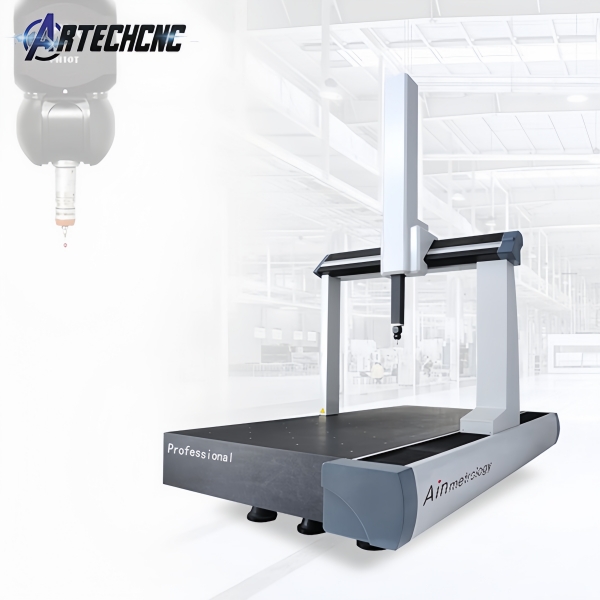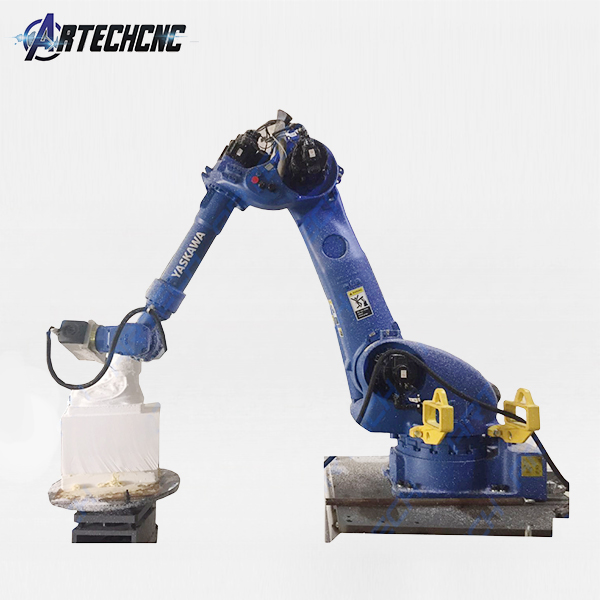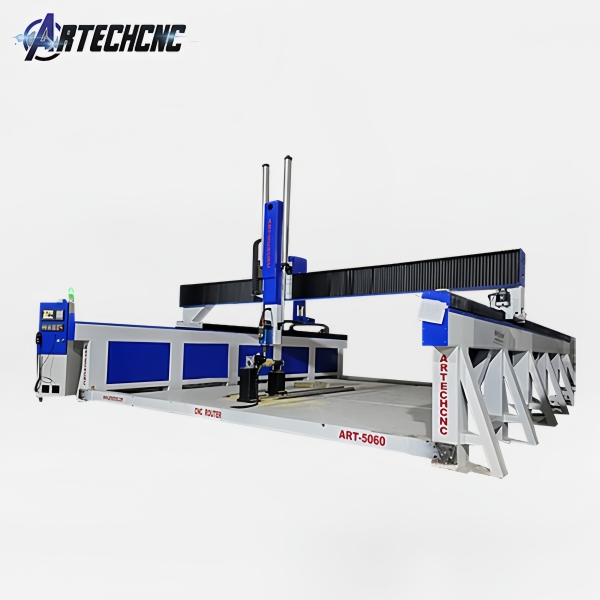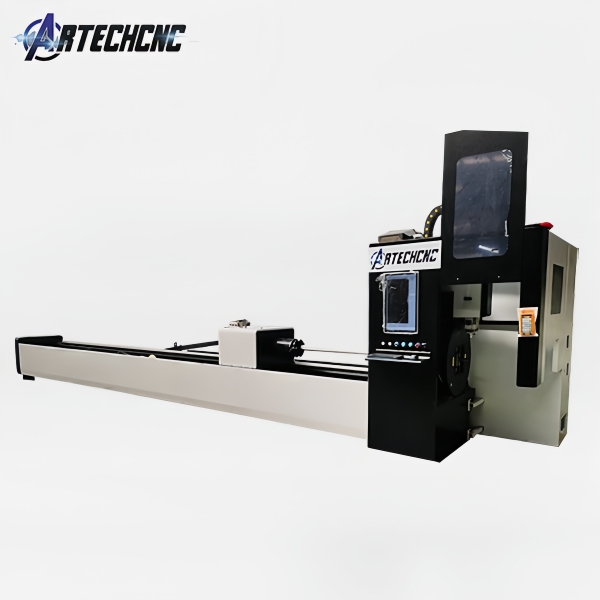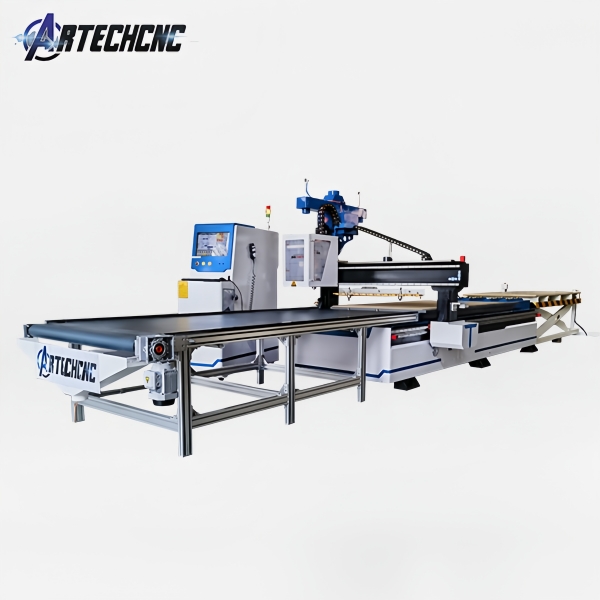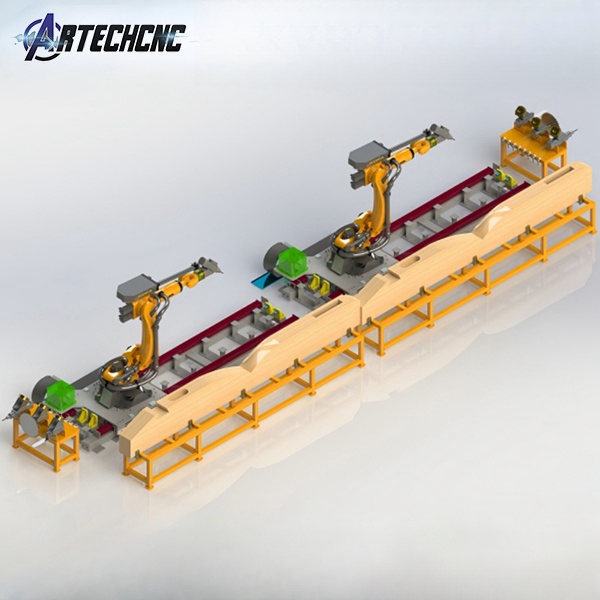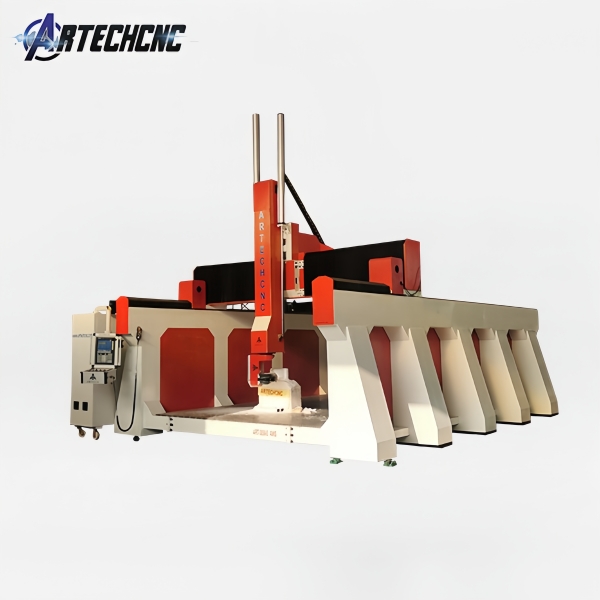Robotic Arms in Milling: Enhancing Efficiency and Precision
Integrating robotic arms into milling applications offers significant benefits in terms of flexibility, productivity, and cost efficiency. Robotic arms provide the precision and consistency needed to deliver high-quality products that meet customer expectations. Adopting robotic arms for milling operations is a strategic decision that can transform your manufacturing process.
Milling involves a machining process where a rotating cutter removes material to create a specific shape or surface. Robotic arms can execute the necessary cutting motions with exact precision, producing parts of the highest quality. Adjustments for different sizes and shapes can be made quickly through programming and flexible End of Arm Tooling (EOAT), making robotic milling an ideal solution for prototyping and mold creation.
Traditional milling has typically been carried out using dedicated milling machines or CNC (Computer Numerical Control) equipment. However, robotic arms offer a range of advantages over these conventional methods.
Enhanced Flexibility – A robotic arm, especially a 6-axis articulated robot, can perform milling operations from multiple angles and directions. This provides far more flexibility than traditional milling machines, which are typically limited in terms of movement. With robots, there is no need for constant repositioning or re-clamping of parts, allowing for continuous milling without interruption.
Increased Throughput – Robotic arms can significantly increase production throughput. Their accuracy and consistency minimize errors and reduce the time spent on adjustments. The robots are capable of working non-stop, enabling faster milling processes and higher production rates compared to traditional methods.
Precise Handling of Materials– Many materials used in prototyping and mold creation, such as soft metals, foams, and composite boards, require sensitive handling. Robotic arms excel in working with such materials, offering precise control over the milling process. The flexibility of robotic arms allows for detailed and intricate milling tasks, even with delicate materials.
**Cost-Effective Solution** – Utilizing robotic arms for milling tasks is highly cost-effective. Unlike traditional milling machines, robots can be repurposed for various tasks across the shop floor, such as assembly, welding, or material handling. This versatility leads to better resource allocation and higher productivity. Moreover, robotic arms can operate autonomously, reducing the need for human intervention and increasing operational efficiency.
By incorporating robotic arms into your milling operations, you can unlock new levels of precision, flexibility, and cost savings, all while improving production speed and product quality. The flexibility, efficiency, and affordability that robots bring to milling processes make them an indispensable asset in modern manufacturing.

